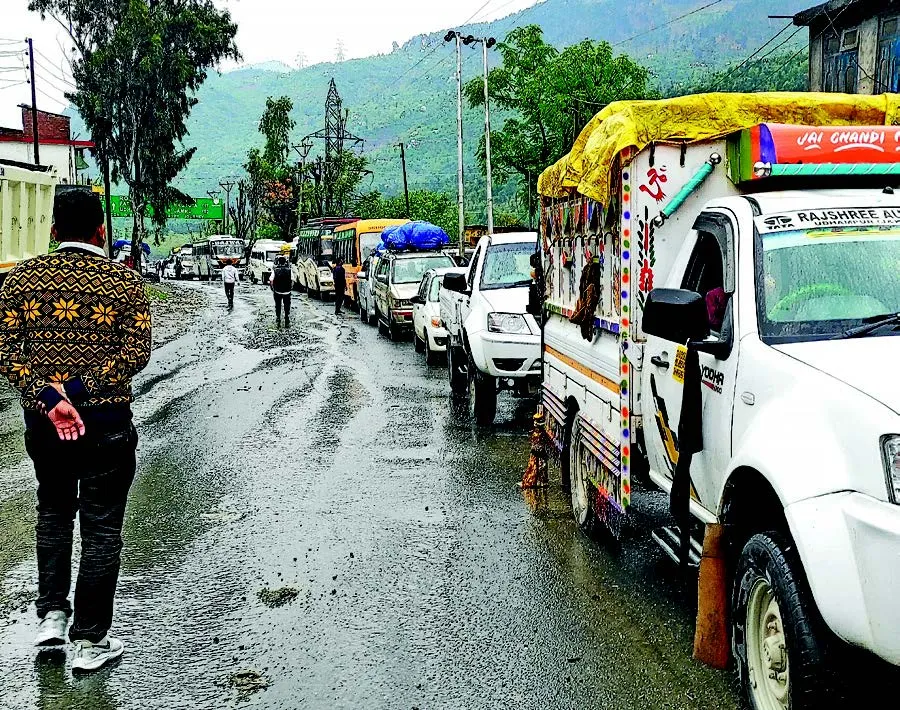Srinagar: Kashmir’s treasured Pashmina craft, a symbol of luxury and cultural heritage, is in peril.
The intrusion of machine-made imitations, rampant misbranding, and an onslaught of economic hardships over the past decades have cast a long shadow over the Pashmina craft in Kashmir, pushing it into a relentless state of decline.
Thousands of women, who once skillfully spun their livelihoods from this intricate tradition, now face an uncertain future.
The narrative of Pashmina’s decline goes beyond mere economic woes; it signifies the gradual fading of an intricate, timeless legacy that has been the very lifeblood of Kashmir.
The region’s economic vitality and the livelihoods of those who depend on this ancient skill are both jeopardised by the looming specter of decline.
Amidst this gloomy scenario, the Kashmir Pashmina Organisation (KPO), a coalition comprising producers, exporters, distributors, merchants, and weavers of Pashmina, has taken up the mantle to breathe new life into this age-old tradition.
Speaking to Greater Kashmir, KPO Media Secretary Pervaiz Bhat shared a glimmer of hope.
“The introduction of the GI tag and QR code has been instrumental in safeguarding the authenticity of Kashmiri craftsmanship, eradicating counterfeit products that tarnish our rich heritage,” he said.
Bhat said that the recent national and international fairs had managed to rekindle the fading enthusiasm among the local weavers and artisans.
“The ingenious move by the KPO was to involve housewives in the intricate hand-spinning and Sozni embroidery processes, reinvigorating struggling units in Srinagar and its surroundings,” he said.
“Another promising aspect of this story is the collaborative effort between KPO and the Department of Handicrafts. One of KPO’s initial steps was to increase the wages of women artisans significantly. We have ensured their wages have seen an increase of over 150 percent,” Bhat said. “In addition, KPO is relentlessly working towards establishing state-of-the-art testing facilities for Pashmina in Kashmir. These cutting-edge labs, certified by the Wildlife authorities, would guarantee that every Pashmina product lives up to its illustrious reputation.”
He said that they had urged the government to consider their demand for the creation of ‘Banks of Raw Materials’ that would provide easy access to high-quality raw materials, empowering weavers and artists to work wonders.
“Besides, we have urged the government to establish the ‘Common Facilitation Centre,’ a collaborative hub for industry stakeholders to streamline production, increase production capacities, provide logistical subsidies to ensure a smooth flow of Pashmina products, expand export benefits to strengthen international trade, and embark on an ambitious marketing campaign,” Bhat said. “Pashmina is being promoted in European and American markets through road shows, international exhibitions, and comprehensive marketing support which is a good step and needs to be further strengthened to give a fillip to the Pashmina craft.”
A senior official said, “The introduction of GI Tags and QR code-based labels on Pashmina products, will not only encourage the consumption of local products but also translate into substantial economic advantages for artisans and weaving communities in Jammu and Kashmir.”
He said that these initiatives hold the potential to authenticate the origin and quality of crafts, ensuring enhanced quality assurance both domestically and internationally.
“This, in turn, stands to benefit craftsmen, traders, and exporters alike,” the official said.







